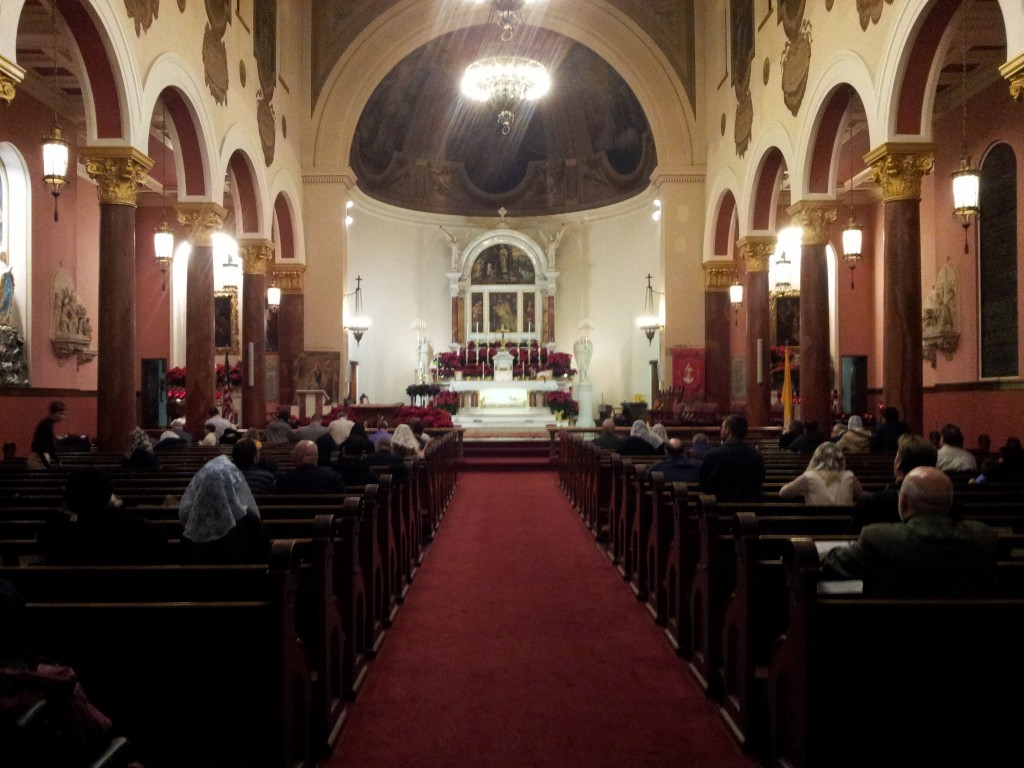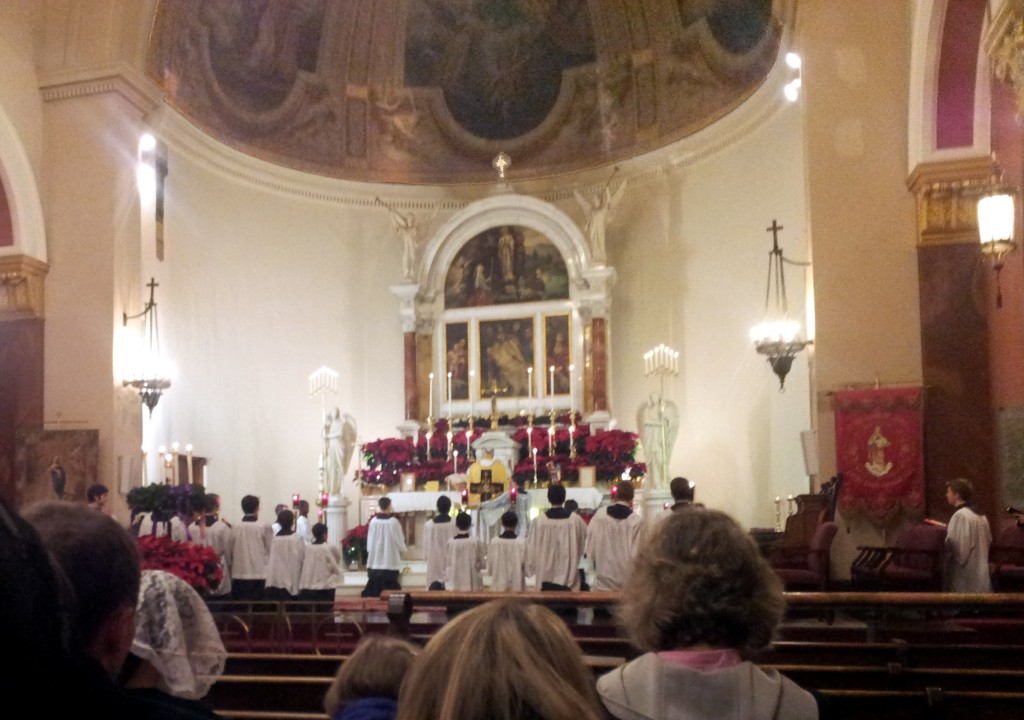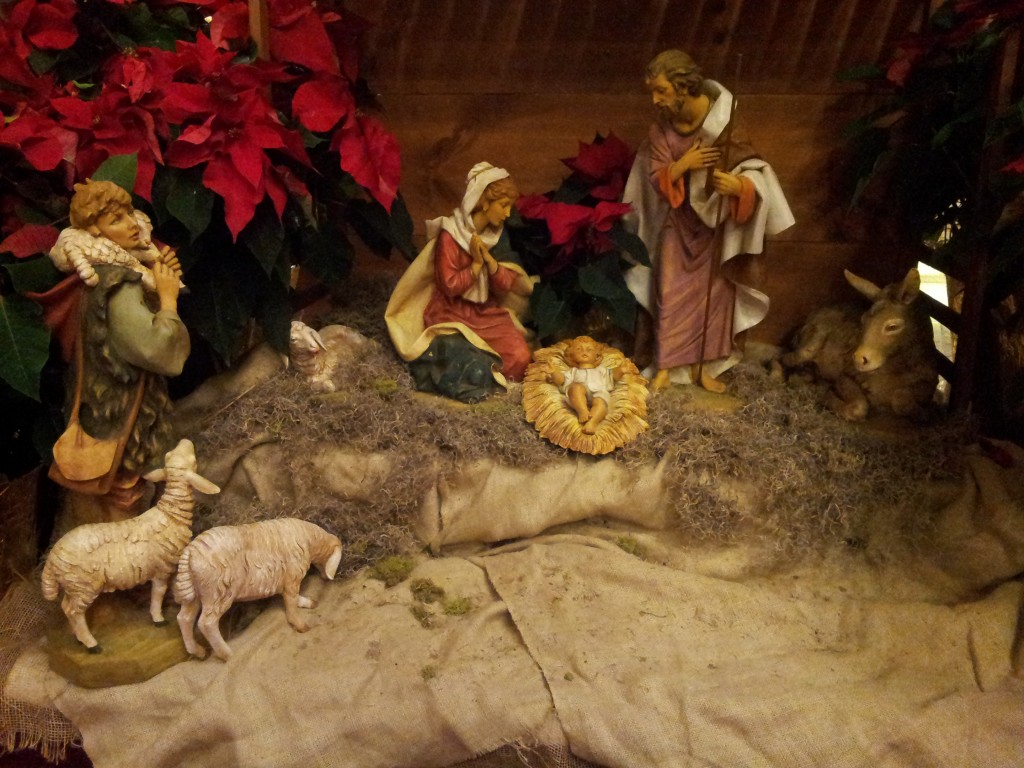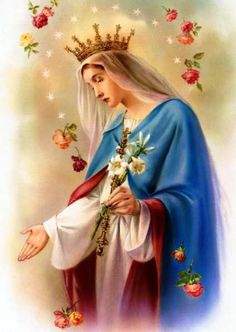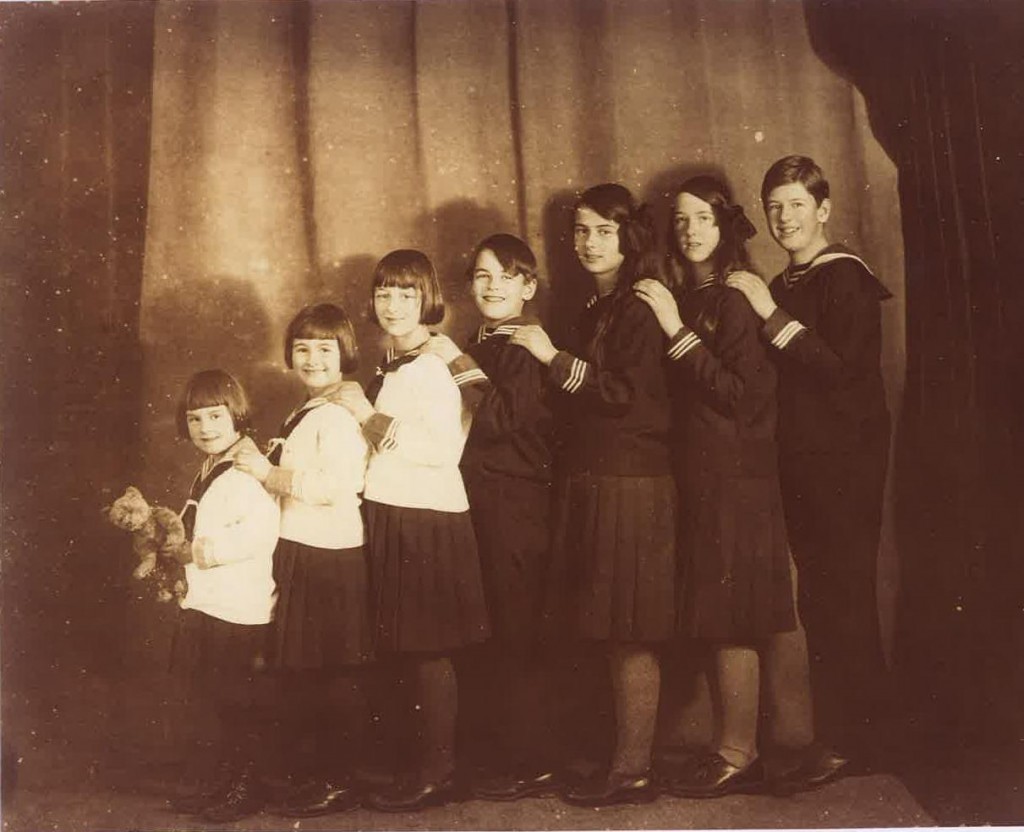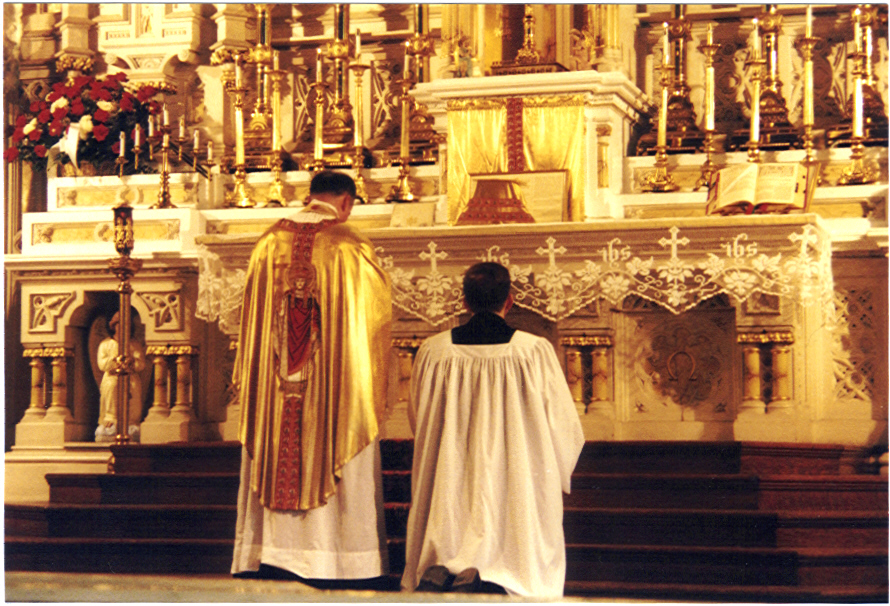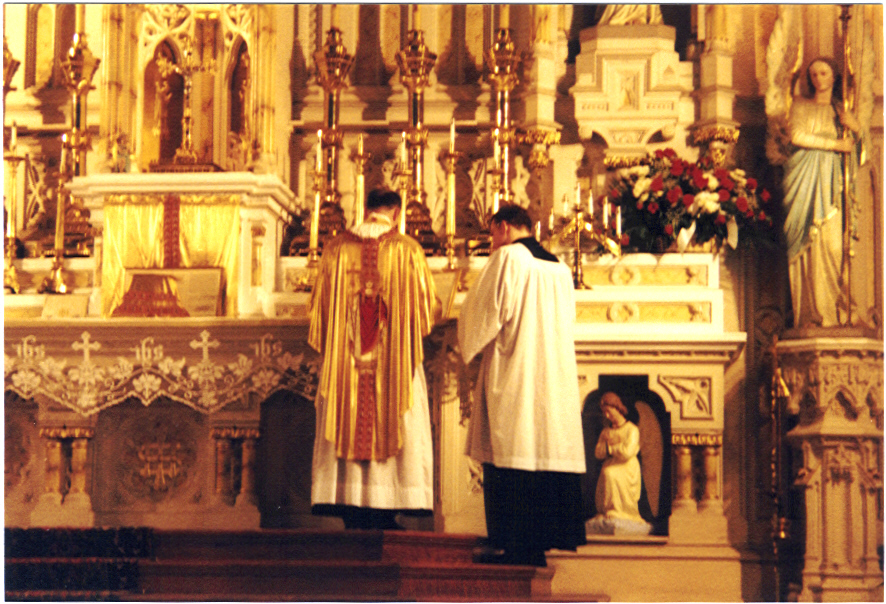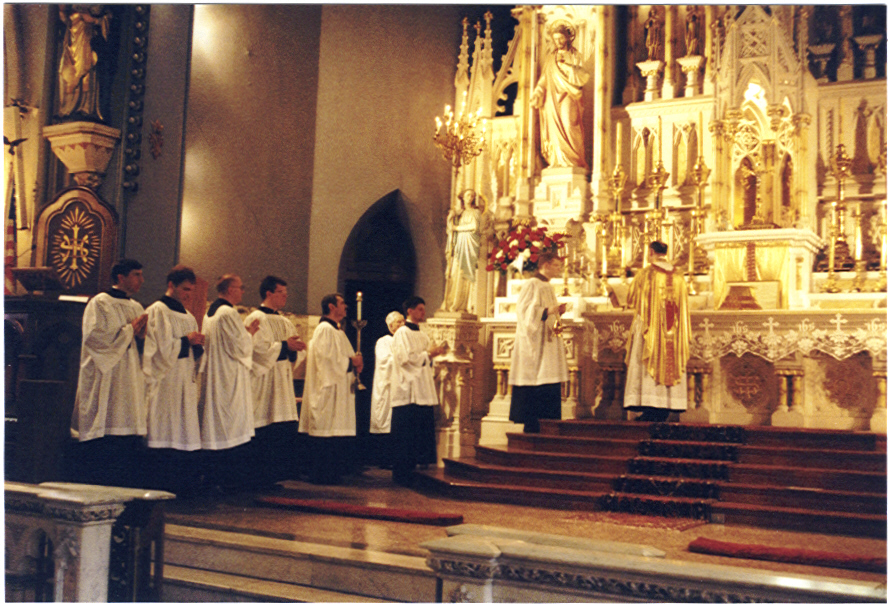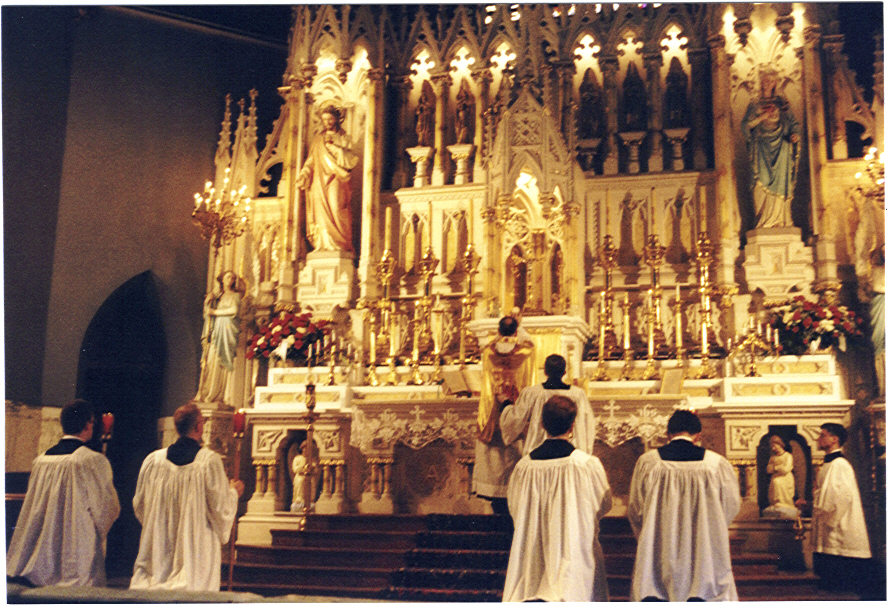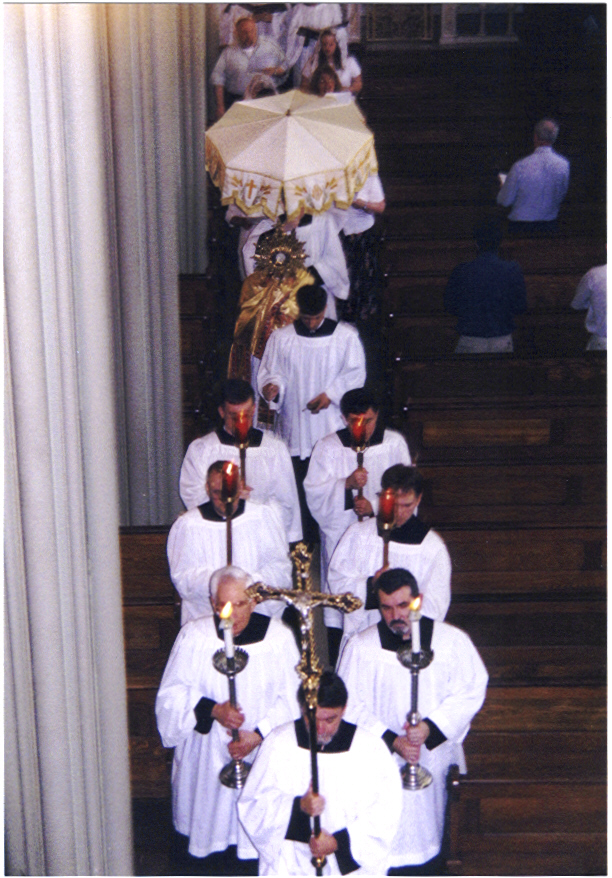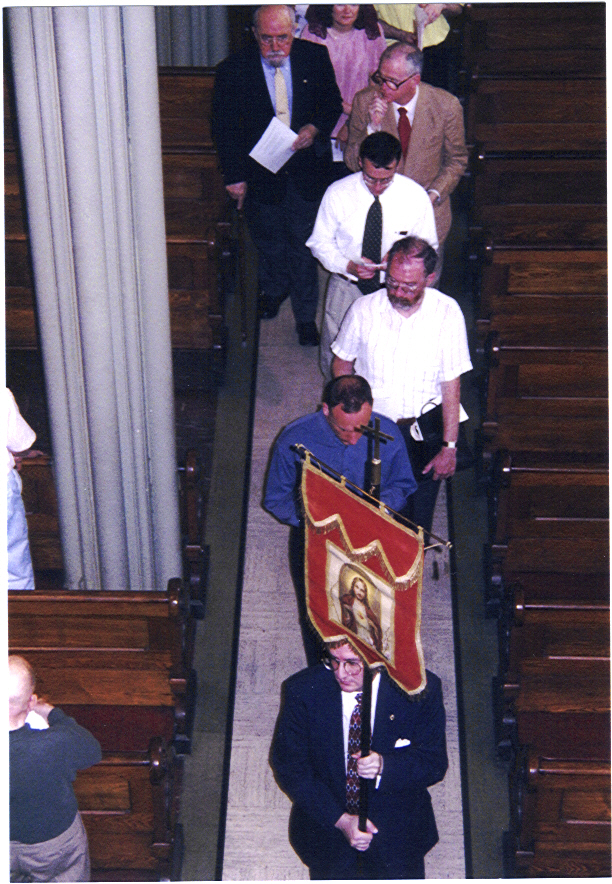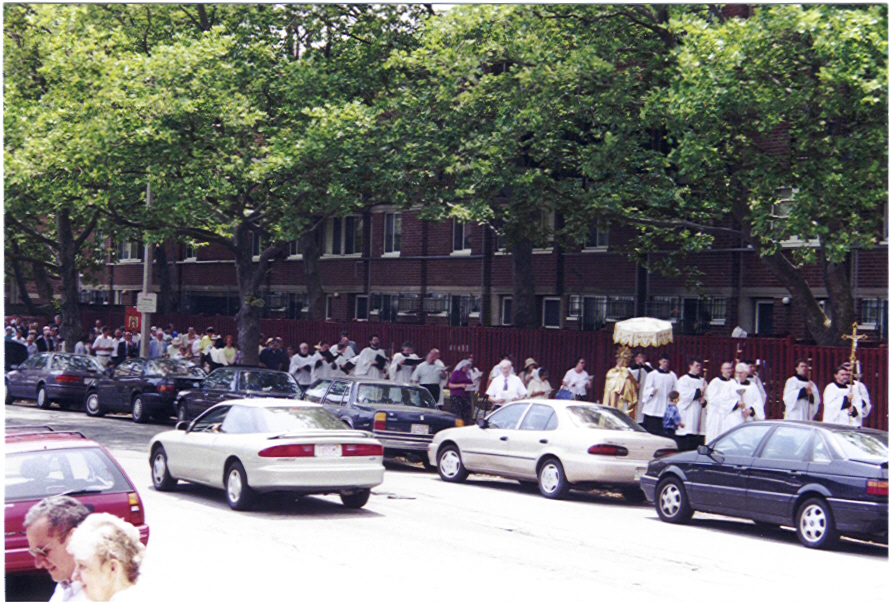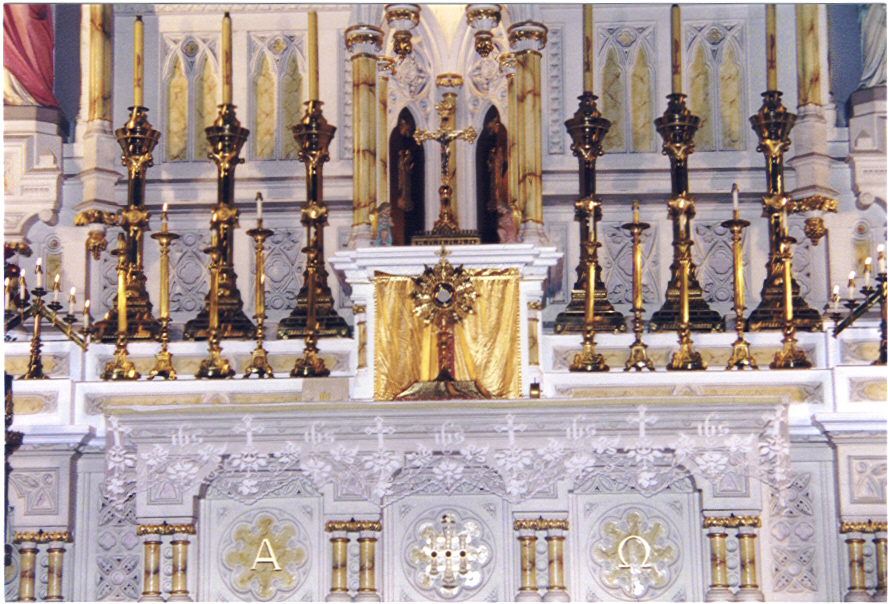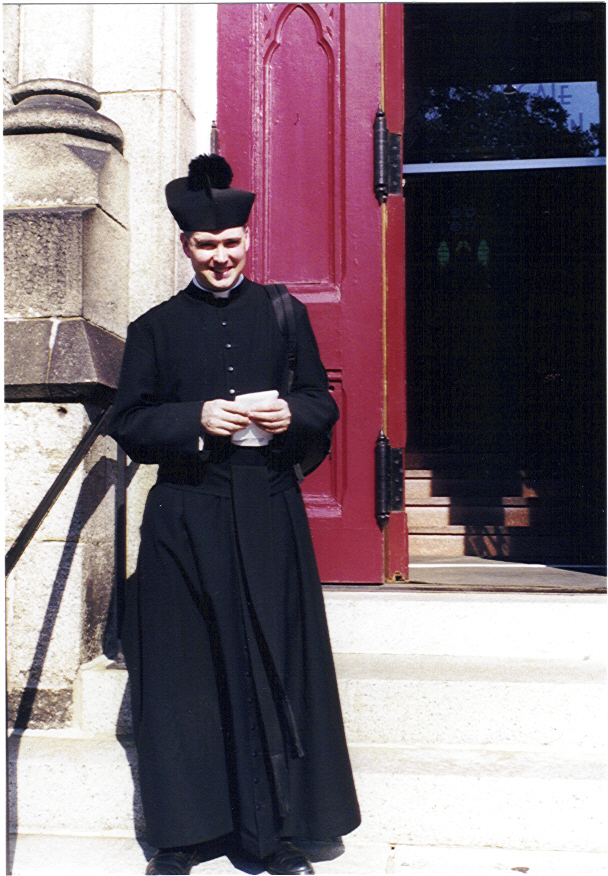(Reproduced from the Mary Immaculate of Lourdes Parish Bulletin for January 3, 2016)
The Epistle for today’s Mass, the Feast of the Holy Name of Jesus, contains a section of St. Peter’s speech before the Sanhedrin, wherein he gives a stirring proclamation of the Gospel. St. Peter’s sermon places the central message of the Gospel (the kerygma) in the foreground: Jesus Christ, crucified and risen, is Lord and God. When deciding for or against the Catholic Christian Faith, a person is faced with one ultimate decision: either to deny that Jesus is Lord, or to adore and love Him, like St. Thomas in the Upper Room (cf. Jn. 20:28)
Reading today’s passage from Acts slowly and prayerfully, one can discern the presence and power of the risen Christ. Indeed, St. Luke likewise indicates the presence and power of the Holy Spirit behind St. Peter’s words by describing him as being “filled with the Holy Ghost,” (v. 8). This is a common motif in Acts, and it is linked to the original descent of the Holy Ghost on Pentecost. It underlines the fact that the grace of Pentecost never leaves the Apostles, but is continually active in and through them and their successors. As believers, we know that Christ is truly risen, and that He is at work in His Church through his Holy Spirit. From the Church’s beginning, Jesus’ presence can be discerned in what His apostles say and do, because He is the Church’s living Lord. Consequently, the invocation of His living and Holy Name is instrumental in bestowing grace to men.
The Holy Name of Jesus is not magic. Rather, in the theology of Israel, a person’s name reveals something of their identity. Furthermore, to call upon their name implies a certain “claim” on that person’s attention. The Catechism of the Catholic Church explains this well in paragraph no. 432, quoting today’s passage from Acts:
“The name ‘Jesus’ signifies that the very name of God is present in the person of His Son, made man for the universal and definitive redemption from sins. It is the divine name that alone brings salvation, and henceforth all can invoke His name, for Jesus united himself to all men through His Incarnation, so that ‘there is no other name under heaven given among men by which we must be saved.”
In the Gospels, we see that Jesus graciously responds to many who call upon His Name. He responds to their pleas for help and salvation, provided that they are made in humility and faith. St. Matthew tells us that the Holy Name of Jesus means “God saves” (cf. Mt. 1:21). As the conqueror of death, Jesus continues to save, for this is essentially who He is as the Son of God made man.
In today’s passage, we can sense the presence of the Lord in St. Peter’s words: “by the Name of our Lord Jesus Christ…by Him…this man stands.” The One “whom God hath raised” raises up the crippled man. It is as if there is a direct transfer of healing grace from the Resurrection, bestowing healing and life, and it is through the invocation of Jesus’ Name. As with all of the signs of Jesus in the Gospels (healings, exorcisms, control over nature, etc.), so too, the healing of this beggar by St. Peter is a sign that points to the greater reality of the salvation of souls, and the resurrection of the body. In our prayers, let us cling to Jesus and his grace, and most especially when we invoke His Holy Name in the prayers of the Rosary. May His presence in our lives console and strengthen us as we carry our daily cross.

